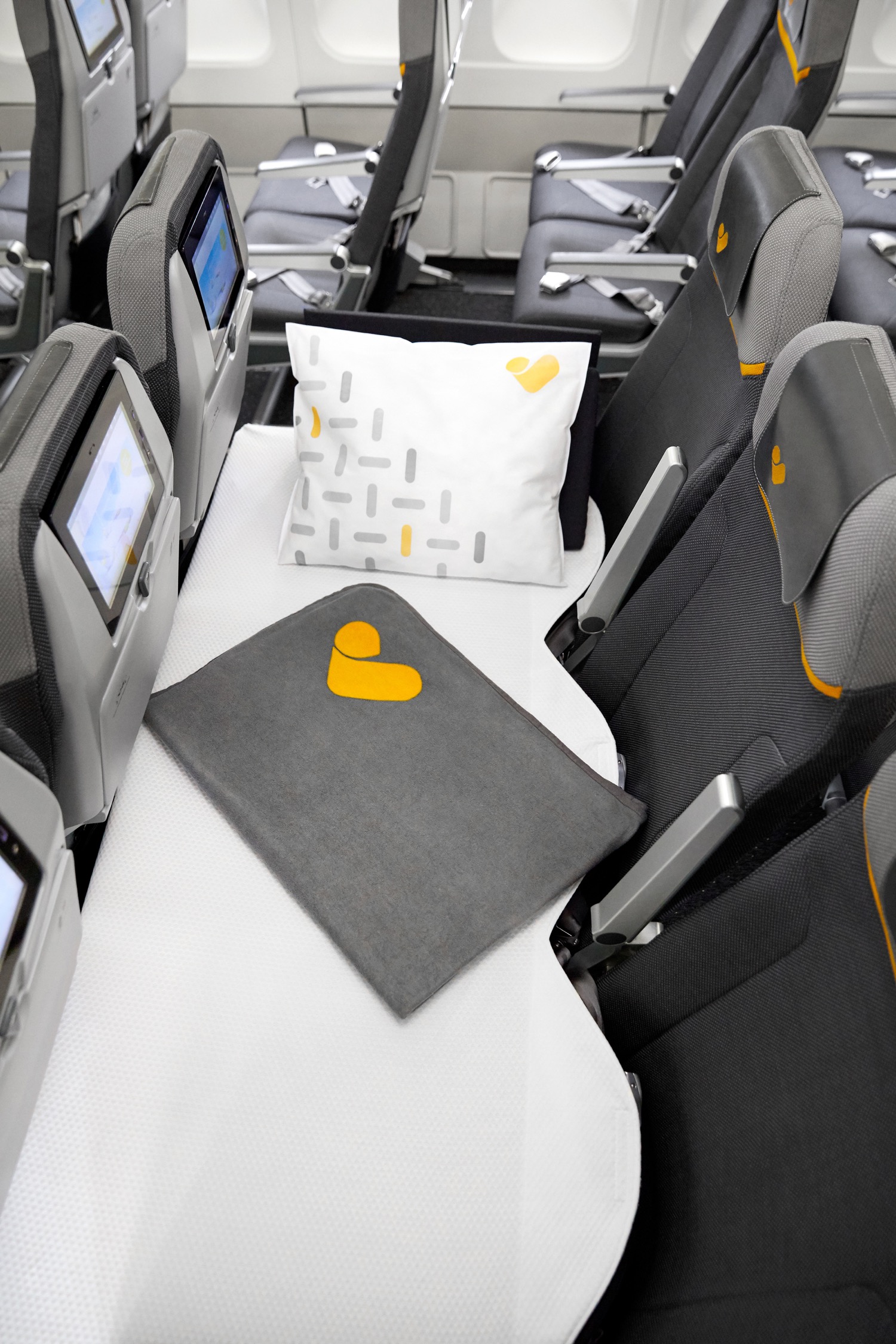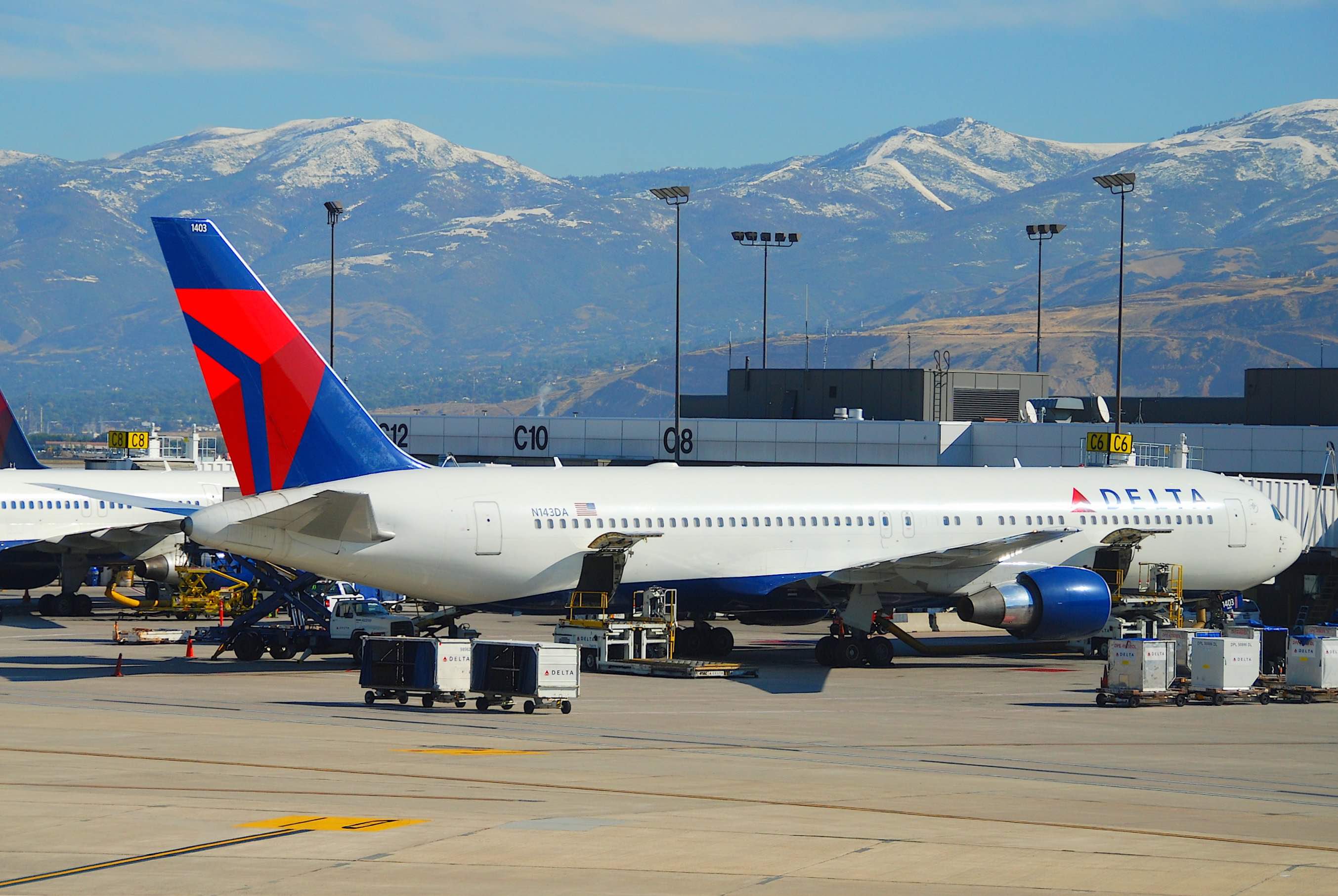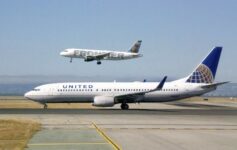Thomas Cook, a popular tourism provider based in the UK, has recently gone out of business and stranded some 600,000 passengers across the globe; that wouldn’t happen if it were a US company.
If you are considering booking travel or signing up for a new credit card please click here. Both support LiveAndLetsFly.com.
If you haven’t followed us on Facebook or Instagram, add us today.
Thomas Cook Folds After 178 Years
On September 23rd, 2019, Thomas Cook ceased operations. The UK tour operator managed more than 500 retail locations, flew more than 100 planes to 50 countries, housing customers in their 150 hotels and resorts.
The company had financial trouble for some time, the extent of which, many of their customers were unaware. As a former resident of the UK, I found it surprising that UK holidaymakers were still sitting down in travel agencies, making payments over time, and paying far too much for trips in the age of the internet. Apparently, Thomas Cook succumbed to the same market challenges.
The Government Is Repatriating/Rescuing Passengers Abroad
Due to ATOL insurance, the government is repatriating the most UK citizens since World War II. They’ve arranged rescue flights for citizens stuck abroad, though non-UK citizens who were stranded by the carrier have been referred to their own governments for flights home. The repatriation efforts could take up to 15 days to complete. Some travellers were surprised that despite buying travel insurance through Thomas Cook they were stranded all the same.

Receivership vs. Bankruptcy
Receivership and Bankruptcy are two very different things. UK businesses tend to go to what Americans consider a full bankruptcy (Chapter 7.) Most businesses in the US file a Chapter 11 bankruptcy which allows them relief from their creditors and contracts in an effort to re-organize, in the UK this is called Administration. US Airways, Delta and United have all filed for bankruptcy several times in addition to their merged companies (TWA, Northwest, Continental); American has filed once.
None of those carriers shut their doors and stranded passengers because they filed Chapter 11, allowing them to narrow their obligations, trim operations and try again.
According to the Financial Times of London: one of the smarmiest strategies were employed:
“Hedge funds seeking to profit from the group’s demise, by buying credit default swaps that pay out if it goes bust, were suspected of also buying bonds enabling them to vote down a rescue. One insider told Lombard: “I think there was a good deal of truth in someone trying to buy in such scale to have been involved in the vote”. But not all bondholders were in the decisive talks and a vote didn’t happen.”
Essentially, it was a hostile takeover but less honest. The situation was so dire, even the UK wouldn’t back a loan to save the firm, interesting since the repatriation costs have to be staggering.
Is It Possible?
It is possible in the same way that anything is possible – but it’s not probable. It is also possible for an airline to simply decide to stop flying and shut their doors if they so choose. But for whatever reason, the US sees much larger bankruptcies, finds a way through the mess, and the airlines, for their sins, continue to fly.
Delta filed Chapter 11 in 2005 with $17bn in debt and emerged from bankruptcy nearly two years later, profitable. They’d go on to merge with Northwest the following year forming, then, the world’s largest airline. By 2018, Delta Air Lines was the third largest airline by revenue in the world, making money from both flying and lucrative banking partnerships.
That’s not to say that all US companies simply go into Bankruptcy and emerge successfully. Continental, Eastern, and Pan Am were all in Chapter 11 Bankruptcy in the same five weeks in 1991. Pan Am sold off their aircraft and routes to winning bidders, United taking aircraft and personnel with the Pacific routes, American and US Airways cleaning up in Latin America, and the Northeast corridor with Eastern.
US Airways filed their second bankruptcy just 18 months after exiting their first bankruptcy, after which Doug Parker and Company merged America West. He ultimately took a similar opportunity from the helm of US Airways to “merge” with American, forming the now largest airline in the world (by most metrics.)
Essentially, in most cases, there are better solutions not only than shutting down eventually but certainly than shutting down suddenly and while some carriers still do this in the US, they are not massive concerns such as Thomas Cook.

Conclusion
While I lived in the UK, I found far more businesses simply shut their doors leaving employees, customers and vendors holding the bag than those who went into administration and re-emerged to live another day. In the case of Thomas Cook, it’s a shame not just for the 600,000 passengers stranded when the airline shut down, but also for their 16,000 employees. It would have been far more beneficial for those affected to have found a merging partner as BMI did with British Airways to protect customers, vendors and employees alike.
What do you think? Why do you think Thomas Cook was left for dead? Was the debt load to large to overcome? Were there bad actors at work hellbent on putting the company out of business? Was it something else altogether?




What you don’t mention is that many of the Thomas Cook subsidiaries DID continue their operations, e.g.. Condor in Germany, tour package operators in the Nordic countries, and Thomas Cook Airlines Scandinavia. Those subsidiaries are profitable, and have managed to secure loans etc. I guess the idea is to try and sell them.
ATOL and citizenship have absolutely nothing to do with each other. Non-UK citizens who have purchased ATOL bonded packages originating in the UK are also being repatriated to the UK as part of the program.
Correct. I’m not sure where Kyle got his information that ATOL only applies to UK citizens. This is plainly incorrect.
One of the stories I cite had it worded as such. I will aim to clarify.
I suspect the main factor in the end was that the travel side of the business was a dead weight with little to no chance of becoming profitable again. Consequently injecting money into it while potentially saving an airline that might have been worth saving was in the end really only delaying the inevitable since it seems just selling of the airline wasn’t really an option.
A US style Chapter 11 would I suspect have also struggled to overcome the fact that the core business of selling packaged holidays was a dying concern and something that just re-organizing or clearing of debts wasn’t going to fix long term.
I agree with almost all of this, but the Chapter 11 process likely would have been started even if not fully approved (you can file for bankruptcy regardless of whether the outcome is successful) and that would allow for alternative options and a grace period to get people home.
You are correct that a US style Chapter 11 filing would have been far more orderly. I think Independence Air is a good analogy here. The Airline had a fundamentally flawed business model that could not be salvaged but by being in Chapter 11 the shutdown didn’t happen overnight but was instead an orderly and planned affair.
FlyI also serves of a good example of the fact that even US Bankruptcy code will not save a fundamentally flawed company.
It will be interesting to see if the U.K. changes how they get people home after events like this. It seems crazy that you ground the airline that was supposed to run the flights and have to then obtain ad-hoc charters. It would make far more sense for the government to take over and operate the airline long enough to get everyone home.
Most of those Thomas Cook trips in the UK were probably purchased online as well so not that much difference to booking flight + hotel on Expedia or somewhere else.
If I look people around me, I know busy families booking a package trip just to save effort and time. They just want to relax, not plan the trip. Or retired families who want to do something special and trust on a specialty travel agency. US is no exception.
Some countries like UK and Australia do still have surprisingly lot of brick and mortal travel shops, no idea what’s happening inside..
Peter – you should walk into one sometime, that is, if they are still a going concern when you’re next in Australia or the UK. The Flight Centre is still in operation in both countries I believe.
In the Thomas Cook shops it was the strangest things taking place inside. People were being sold packages, financing their trips out over several months, overpaying for inferior hotels and generic flights. They also exchange money in those places at amusing rates.
I suspect that it was the retail rental rates that brought down a good portion of the business. They also had a lack of premium sales (based on their equipment layouts) that couldn’t have helped the company.
I think the numbers thrown around in the article are for the Thomas Cook as a group including Condor and Scandinavian subsidiaries. It was only the UK arm that went under.
UK had secured their rescue through their Chinese investors, but it appears to have been blocked by the US CDS holders.
This is not that different from the US in the 80s when corporate raiders took over companies just to cut them up, sell the pieces for profit and leave thousands unemployed…
While it hasn’t happened to US airlines, the financial markets and regulation in the US surely allow for it, making your headline pretty bold … Let’s see how the US3 do in the next big recession…
I highly doubt that the next big recession in the US (I, and many others, forecast this in the next two years) will bring the downfall of a major US carrier which strands people in their destination and stops flying without notice. If you agree that they may encounter difficulty but won’t just shut down their operations where they stand, you will then also agree that the title and support in this post is accurate as advertised.